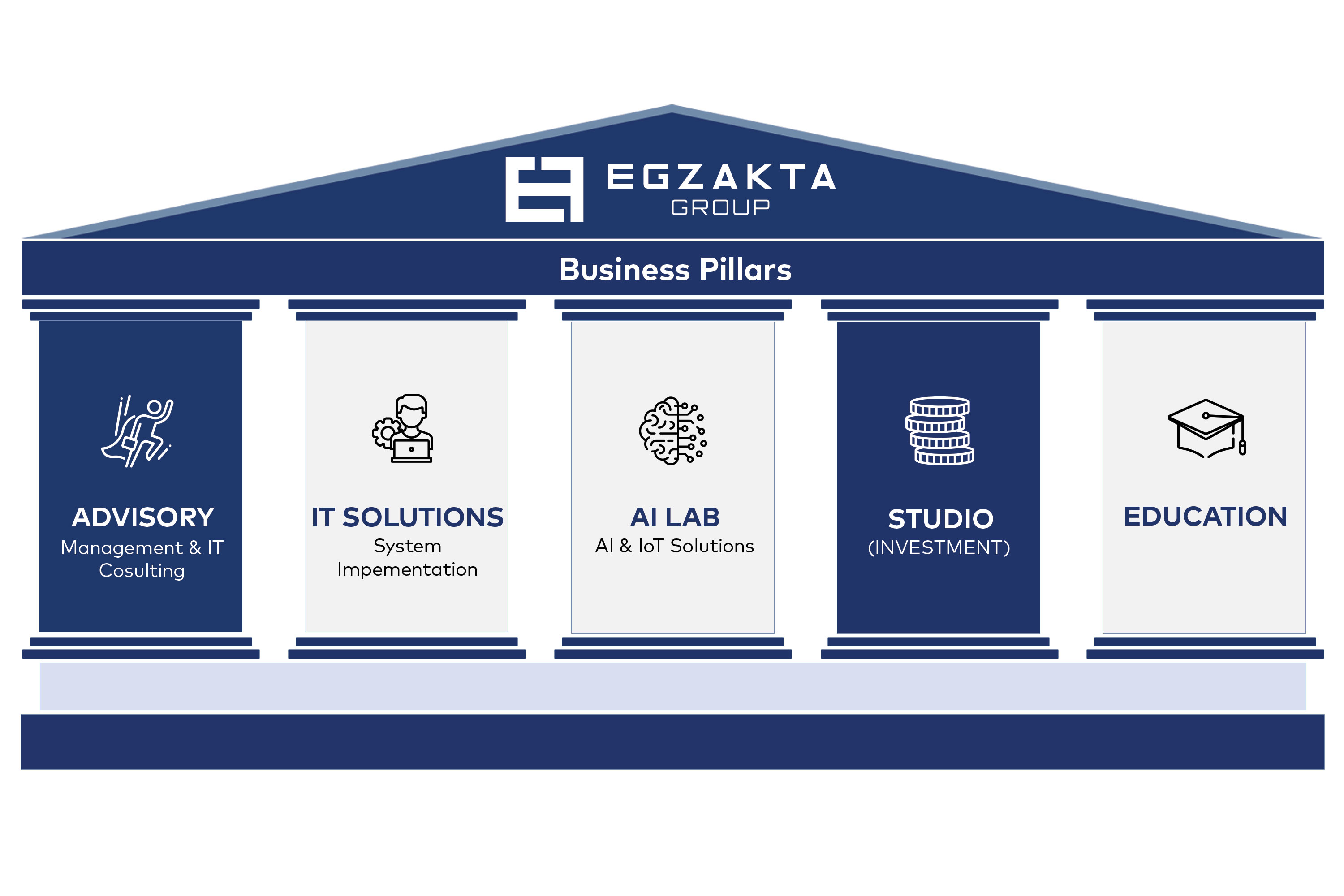Vladan Atanasijević
Crisis can be a catalyst for business transformation, and the case of EKWB demonstrates how, with strategic restructuring led by Egzakta Group, financial stabilization, business model change, and long-term growth were achieved...


Vladan Atanasijević
Chief Executive Officer
Crises are no longer rare in today's dynamic business environment—they have become the norm. Whether financial challenges, market disruptions, or technological upheavals, a company's ability to adapt and transform often determines its survival or failure.
However, restructuring is not just a reactive measure or a last line of defense—it can be a strategic tool that ensures survival and paves the way for long-term growth and competitive advantage. Companies that recognize the need for change early and approach transformation with a clear vision and expert guidance overcome crises and emerge more substantial and agile.
One of the most striking examples of business transformation in the region is EKWB, a global leader in advanced cooling solutions for computer components. Its journey from crisis to stable growth demonstrates how strategic restructuring, when executed correctly, can become a springboard for long-term sustainability and a stronger market position.
Two years ago, Egzakta Group developed a "Go to Market" strategy for EKWB, aiming to expand into Eastern markets. Through this process, we assessed the company's strengths and weaknesses, allowing for a realistic evaluation of its potential. Although the strategy was not implemented, it gave us a deeper understanding of EKWB's key challenges and opportunities.
In mid-2024, the company's owner contacted us for assistance analyzing their business and finding solutions to the crisis. As a consulting firm that understands our clients' businesses and analyzes them objectively, we evaluated the situation without embellishment. We quickly identified the core problems and recognized that the company was on the brink of bankruptcy.
Before facing the crisis, EKWB was financially challenging—its debt level was 70% of its annual revenue, severely limiting its ability to invest in growth and development. Additionally, sales revenue in 2024 had dropped to just 33% of 2023 levels, necessitating urgent and strategic changes to ensure survival.
Our role was not just advisory—we actively engaged in problem-solving. We organized meetings with EKWB's key creditors, including the most prominent regional bank and several European banks. Leveraging our experience and in-depth knowledge of the client's business, we presented a framework that ensured the company's survival while securing creditors' receivables.
The seven-year restructuring plan is built on EKWB's globally recognized brand, known for quality and innovation. A key element of the restructuring was a strategic shift in business focus. Instead of relying on traditional sales channels, EKWB is now targeting corporate clients, data centers, and AI development companies—sectors identified as crucial for long-term stability and growth.
The plan has been accepted and is currently being implemented. Through our methodological approach, we have defined three key pillars of reorganization:
Lessons Learned: Key Success Factors
EKWB's restructuring is a financial operation and a profound strategic transformation. For C-level executives considering reorganization in their companies, the following elements are crucial:

One of the innovative aspects of EKWB's restructuring is a consulting model that includes not only investment but also operational and strategic elements. As partners, we provide expert advice and have taken an active role in stabilizing the business through direct investments and the appointment of new management. Egzakta Group was not just an advisor but a key operational partner, taking responsibility for overseeing management processes and making strategic decisions.
This approach enables:
The EKWB case clearly demonstrates that successful restructuring is not just a technical or financial operation—it is a strategic process requiring vision, courage, and precise leadership. Companies that wait for problems to resolve themselves often fall victim to stagnation. Those who recognize the moment for change and have a partner to guide them through the complex transformation process emerge from crises more potent, stable, and competitive.
For C-level executives making decisions about the future of their organizations today, the question is not whether they will face challenges—but whether they will be ready for them. Actual restructuring is not reactive but proactive. It does not just solve immediate problems; it lays the foundation for long-term resilience and sustainable growth.
If your company is at a crossroads, now is the time for strategic action. Don't wait for a crisis to dictate your fate—take control, redefine your business model, and build a company resilient to future challenges.
Restructuring is not the end—it is the beginning of a new phase of success.